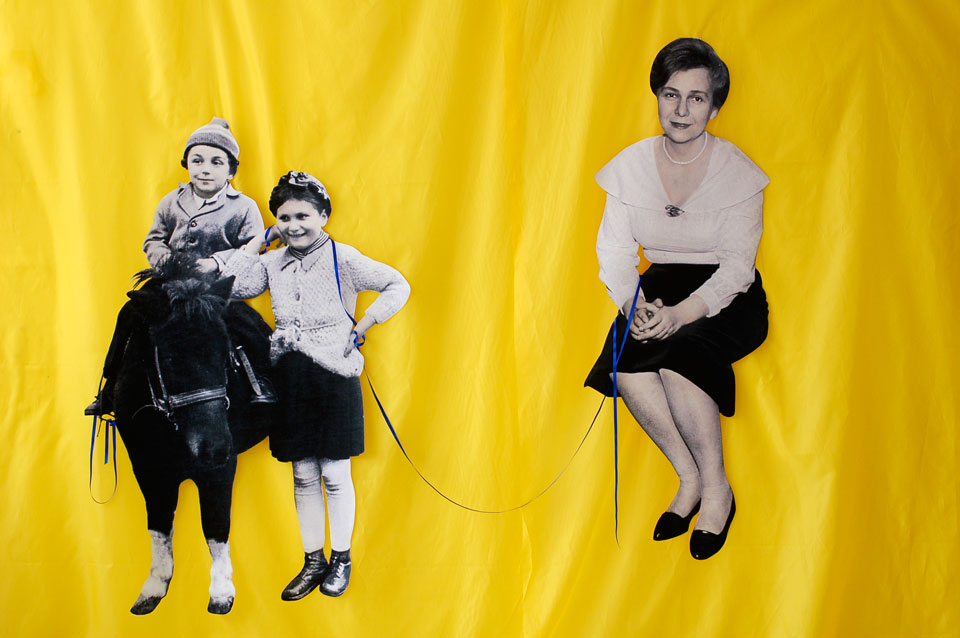Ewa Kuryluk. A Pony in Gliwice

Curator: Ola Wojtkiewicz | czytelnia sztuki | dolnych wałów 8a | gliwice | The exhibition open until 27th November 2011
Ewa Kuryluk’s exhibition A Pony in Gliwice offers a versatile selection of works by an artist whose oeuvre has a very peculiar place both in the Polish and the international art canon.
In many of Kuryluk’s art works, history intertwines private experiences, merging the boundaries between art and life. Figures and things tend to be linked by the ribbons and strings; usually red, sometimes blue. Invisible threads connect photographs with paintings and paintings with installations. Words prolong scenes from pictures, which subsequently suggest the ambience of places described in artist’s books. This continuous interchange of genres proves to be immensely satisfying.
The installation Pony (2011) is the highlight of the exhibition and has been created for Czytelnia Sztuki. Its origins derive from the artist’s childhood, depicting her as a little girl next to her younger brother seated on a pony. This unusual equestrian monument – peaceful, infantile and defenceless – constitutes an antithesis to the traditional statues of the rulers on a horseback, common in art for centuries. As the artist admits, the title of the exhibition is consciously linked with this concept: ordinary and childish, just like the installation itself. For Kuryluk it renders strong associations with memories from childhood and with her mother’s dream in which Piotruś, the artist’s brother, is being lead towards their grandmother Paulina, whom the children never knew. The bright yellow underlining creates the background of the installation, which evokes inner life. Pony is the last one of the series of the so-called “yellow installations” produced over a decade, in which the yellow colour is powerfully predominant.
The exhibition also features “auto-photography” which Kuryluk has been engaged with for fifty years. Black and white photographic self-portraits from the 1970’s allow the viewer to explore her unique artistic method, described at times as “the rituals of self-voyeurism”. They unveil, in a somewhat contradictory way, the photographer’s intentions, encouraging the debate over the phenomenon of self-portraiture. The exhibition comprises an additional three series of colour auto-photographs from 2001-2003, featuring Kuryluk disguised and masked: deliberately theatrical and stylised. The series demonstrates a remarkable visual contrast when juxtaposed with the monochromatic, earlier works.
It was photography which inspired and fed Kuryluk’s painting. And yet both artistic genres evolved simultaneously, constantly stimulating one another. Paintings, which had been painted almost forty years ago and which have been carefully selected for the exhibition, give evidence to this affiliation. They attempt to pinpoint a number of ephemeral events and their accompanying emotions. Giving the impression of having been photographed with colour, they become the unique recordings of the past: infused with grotesque and tenderness, irony and awe. Paintings by Kuryluk seem to be primarily based on the signs of the time, symbolic sites and personal confessions. The artist paints what is being layered between the strata of memory and the crevices of individual experience; completing her visual diary, filled with self-documentation and self-staging. However, Kuryluk’s self-portraits remain truly Rembrandtesque in their sincerity and lack of narcissism.
A selection of early drawings on canvas and the fragments of the American installations Chairs (1982) and Theatre of Love (1986) complement the themes of her paintings. They can be positioned somewhere between drawing, painting and sculpture: the third dimension is established through the creases, folds and shadows on the fabric. One movement or a change of light is enough to alter the expression of those “air sculptures”. Kuryluk’s veils and shrouds, covered in private histories and universal tragedies, have stimulated artists worldwide. They seem to embody what Kuryluk refers to as the “delicacy of internal life” and “[the] memory of caressing and passion, pain and rape engraved in the skin”. Kuryluk employs the body as the most potent metaphor, while philosophising on the transience of all things. Intimacy, so characteristic for the artist’s works, gradually becomes retrospective and thus instead of shocking it becomes part of history, biography and art.
Ewa Kuryluk’s art fluctuates between narration and visualisation. Life and art, according to the artist, are like a person and a shadow, patiently and repetitively outlined. They are inseparable and complementary.
The exhibition in Gliwice with the accompanying publications Outlining the Shadow. Painting 1968-1978 and Yellow Installations 2001-2011 provide an exceptional opportunity to further explore this fascinating dependency.
Ola Wojtkiewicz
